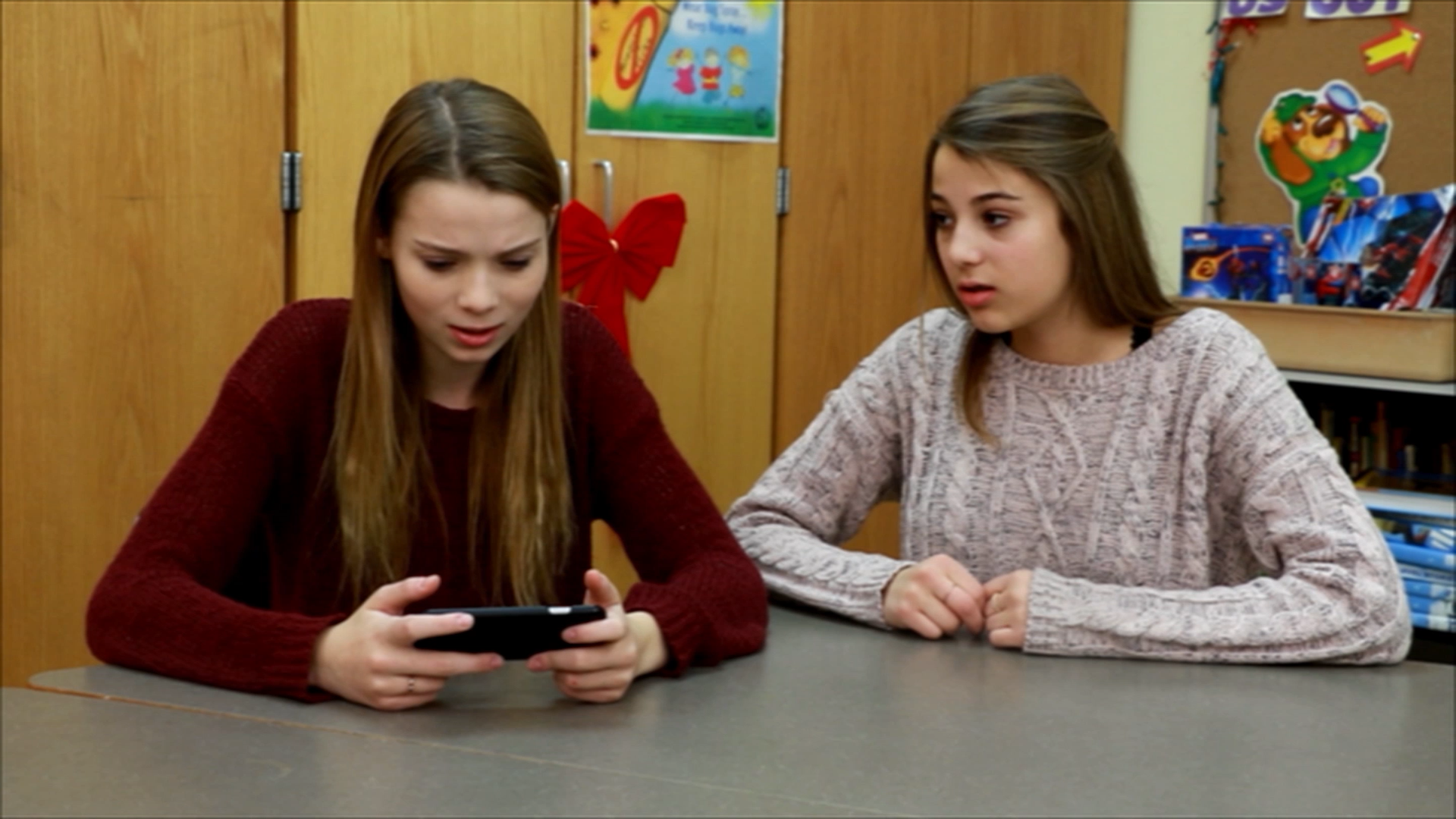Introduction
Teaching problem-solving skills to elementary students can be both engaging and effective with the right approach. One such method is through a game called Solve It. Solve It focuses on teaching students to work through problems step by step, discussing each step and finding solutions together. This blog post will introduce you to the concept of Solve It, a no-prep activity, discussion questions, and related skills that support students’ social-emotional learning.
No-Prep Activity: Solve It Game
This activity, adapted from the Solve It game concept, requires no preparation or materials from the educator. To begin, present a common, age-appropriate problem that students might encounter in their day-to-day lives. For example, a student accidentally spends real money on an online game that is connected to their parents’ credit card.
Guide students through the following steps of problem-solving:
- Identify the problem: Discuss what the issue is and why it’s a problem.
- Figure out how big the problem is: Determine the severity or impact of the problem.
- Think of possible solutions: Encourage students to brainstorm different ways to address the problem.
- Pick a solution: Help students evaluate the pros and cons of each solution and choose the best one.
- Try that solution and reassess: Implement the chosen solution, then discuss whether it worked or if another solution should be tried.
Throughout the activity, remind students that problem-solving is a process and that they may need to try multiple solutions before finding the best one.
Discussion Questions
After completing the Solve It activity, use these discussion questions to stimulate further conversation:
- How did it feel to work through the problem-solving steps together?
- What challenges did you face while brainstorming solutions?
- How did you decide which solution to try first?
- What did you learn from this activity about problem-solving?
- How can you apply these problem-solving steps to other situations in your life?
Related Skills
In addition to problem-solving, the Solve It game can help students develop other essential social-emotional skills, such as:
- Communication: Articulating problems and solutions clearly and effectively.
- Collaboration: Working together to brainstorm and evaluate potential solutions.
- Empathy: Understanding the feelings and perspectives of others involved in the problem.
- Resilience: Persisting through challenges and setbacks in the problem-solving process.
Next Steps
By incorporating the Solve It game into your classroom, you can provide students with an engaging and effective way to develop their problem-solving skills and other social-emotional competencies. To explore more activities like this, sign up for free samples of these skills and others at Everyday Speech.






